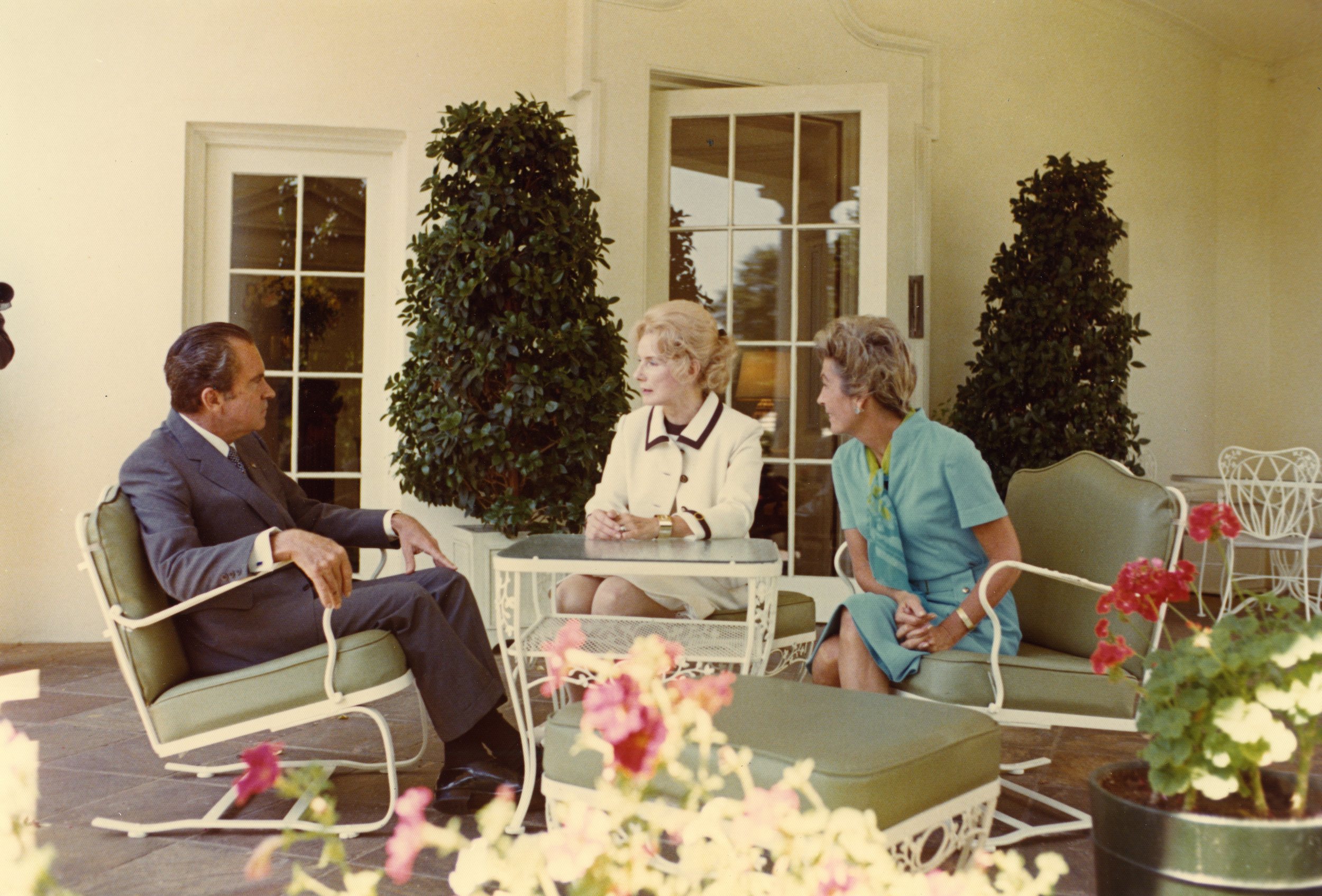On October 1, 1969, President Nixon established the President’s Task Force on Women’s Rights and Responsibilities to study the status of women in American life and to recommend what could be done on the governmental level to improve their lives and advance opportunities. The Task Force’s members were drawn from various disciplines, from the economic and business fields to attorneys and academics. One of the key members assigned to the Task Force was Vera Glaser, the same newspaper reporter who had first asked President Nixon at a press conference how he would address the lack of representation of women in the federal government.
Published in December of that year, the Task Force’s chairman Virginia Allan wrote that, “Women do not seek special privileges. They do seek equal rights. They do wish to assume their full responsibilities.” From this starting point, the Task Force laid out its recommendations to President Nixon on actions his Administration should take in ensuring that equality would be extended to women. Among other things, the Task Force’s recommendations were lumped into five general categories:
- “Establish an Office of Women’s Rights and Responsibilities, whose director would serve as a special assistant reporting directly to the President.”
- “Call a White House conference on women’s rights and responsibilities in 1970, the fiftieth anniversary of the ratification of the suffrage amendment and establishment of the Women’s Bureau.”
- “Send a message to the Congress citing the widespread discriminations against women, proposing legislation to remedy these inequalities, asserting Federal leadership, recommending prompt State action as a corollary, and calling upon the private sector to follow suit…”
- “The executive branch of the Federal government should be as seriously concerned with sex discrimination as with race discrimination, and with women in poverty as with men in poverty…”
- “The President should appoint more women to positions of top responsibility in all branches of the Federal government, to achieve a more equitable ratio of men and women. Cabinet and agency heads should be directed to issue firm instructions that qualified women receive equal consideration in hiring and promotions.”
The report reads further, “The United States has not capitalized fully on the skills, abilities, and special insights of women, particularly at the leadership level.” The report adds, “Where so large a proportion of citizens is involved, the damage to national pride and achievement can be far reaching and can call into question the Administration’s basic fairness.”
As a consequence, the Task Force recommended that “the present pace of appointments of women to high Federal positions should be accelerated, to reflect their numerical strength more realistically, and as an incentive and symbol of the Administration’s commitment.” In order to achieve this, the Task Force advised President Nixon and the heads of the various Cabinet departments and agencies to emphasize appointments based on merit and not sex. They also asserted the need to urge the private sector to follow suit.
Finally, the Task Force emphasized the fact that as the recommendations in their report are implemented, the process of recruiting more women to policy-making positions, and even lower-level government positions, will be more easily facilitated. As these roadblocks to women’s advancement are removed, the Task Force hoped that it would allow for an “upward flow of talent” as women are encouraged to seek leadership roles in the federal government.
Taken as a whole, “A Matter of Simple Justice” served as the outline of the Nixon Administration’s goals with regard to advancing women’s issues and equality between the sexes. As social attitudes towards women in the workplace change, as outlined in parts of the report, women would naturally be encouraged to pursue greater roles in the workplace.

